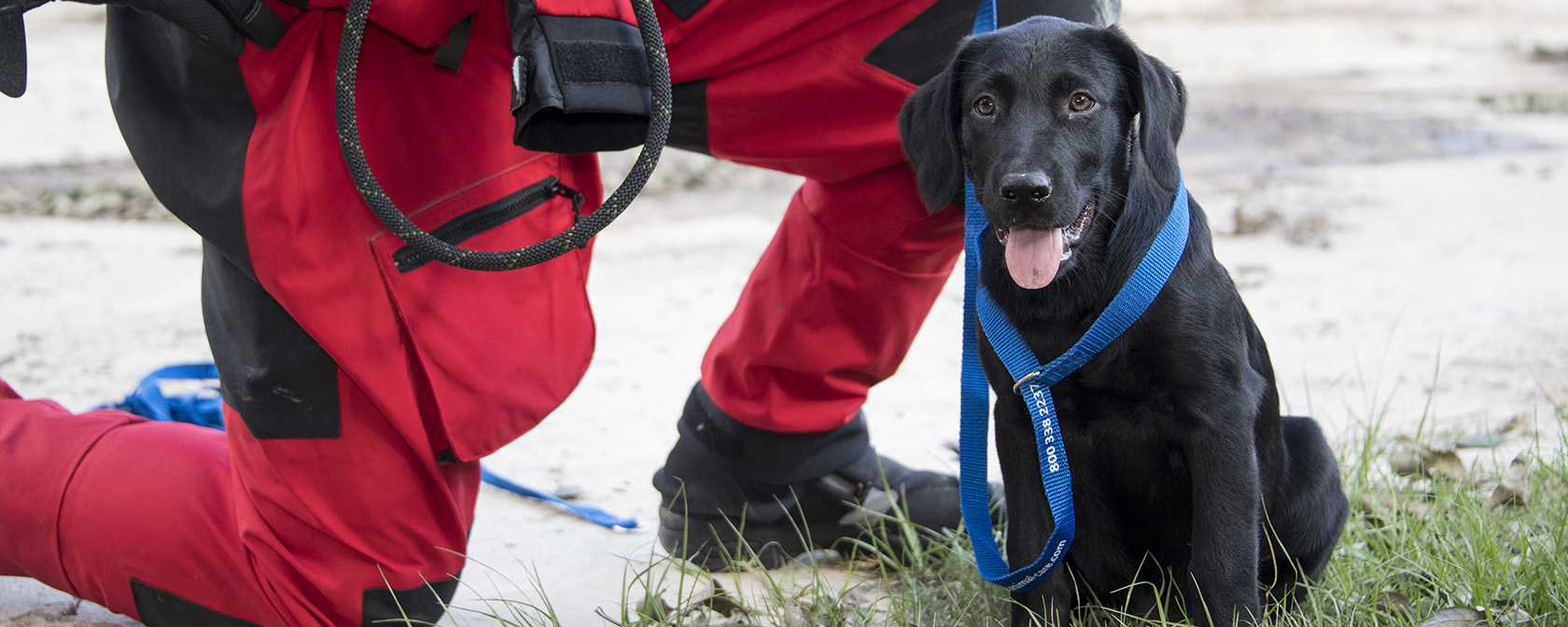By Sara Amundson and Kitty Block
The past few years have shown how suddenly natural disasters and other emergencies can upend our lives. Take, for instance, recent severe hurricanes and wildfires, the early 2021 deep freeze in Texas or the ongoing worldwide Covid-19 crisis. Families everywhere have seen how crucial it is to have disaster plans in place for their loved ones.
Animal lovers have always been aware that human beings aren’t the only ones in need of disaster preparedness plans, and in 2005 after Hurricane Katrina, the rest of society caught on. Within a year of that disaster, Congress passed the PETS Act, mandating that state and local response agencies receiving federal funds institute emergency preparedness plans that take into account the needs of companion animals.
Unfortunately, more than fifteen years after Katrina, there is still no federal requirement for facilities regulated by the Animal Welfare Act to have such plans in place for the animals in their care. The increasing frequency and intensity of weather-related events due to climate change makes the need even more urgent. In the event of a disaster, anything might happen to animals at these facilities. When Hurricane Michael descended on Florida in October 2018, two big cats at ZooWorld died because of the storm. The year before, during Hurricane Irma, two greater kudu at another zoo died. When Hurricane Katrina hit a Gulf Coast aquarium, eight dolphins, 19 sea lions and a seal were left to weather the storm on their own. Six sea lions died, and the seal disappeared forever.
The animal care centers the HSUS runs have long had disaster plans in place—it’s just the responsible thing to do. We have been encouraging the U.S. Department of Agriculture for years to require that facilities regulated by the Animal Welfare Act have disaster plans, and today, the agency took a crucial step toward achieving that.
This comes after years of delay. In 2012, the USDA finalized regulations that required all facilities regulated by the Animal Welfare Act—such as research facilities, puppy and kitten mills and roadside zoos—to have emergency response plans by the end of July 2013 for the animals in their care in the event of a disaster situation. But just two days after facilities were supposed to have their plans in place, the agency abruptly decided to “stay” the rule, delaying its implementation indefinitely.
We never stopped pushing for this common-sense reform. We raised the issue over and over with USDA officials, while working closely with congressional allies on parallel tracks. We worked with the House Agriculture Committee to secure a provision in the 2014 Farm Bill encouraging the agency to reinstate the rule, but the agency disregarded the request. We strongly support the PREPARED (Providing Responsible Emergency Plans for Animals at Risk of Emerging Disasters) Act, led by Reps. Dina Titus, D-Nev., and Rodney Davis, R-Ill. And fortunately, thanks to the leadership of House Agriculture Appropriations Subcommittee Chairman Sanford Bishop, D-Ga.—who responded to appeals by Rep. Titus and a bipartisan set of 207 Representatives and 41 Senators—the omnibus appropriations package signed into law in December 2020 set a timetable for the USDA to reexamine the effects of delaying its 2012 rule and consider implementing a disaster plan requirement for all entities regulated under the Animal Welfare Act. Today, the USDA followed that statutory directive by announcing a new proposed rule. This first step could result in requiring disaster plans for animals at these facilities with respect to both natural and manmade disaster situations. Now the public will need to take action to show their support for this rule.
With this proposal, the USDA demonstrates that it too understands what animal advocates have long known, that animal-related disaster readiness is good for everyone—animals, society and the regulated enterprises. We commend Secretary Vilsack for his willingness to move this rule forward, and it comes not a moment too soon. Any additional delay in this emergency planning requirement—as the threat of hurricanes, wildfires, droughts, tornadoes, pandemics and other disasters grows—puts animals in AWA-regulated facilities at further risk of injury, suffering and death. (Sadly, because farm animals are not covered under the Animal Welfare Act, animals owned by big agriculture, including the meat industry, will not be included in the rule. We must prioritize another pathway to help these deserving animals.)
Now we need your help to carry this promising progress for animals over the finish line. Promoting disaster preparedness for facilities that keep animals for commercial or scientific reasons is an appropriate role for the USDA as a regulatory agency, and we hope you’ll join us in urging the government to quickly lift the stay on this rule and put it back on track.
Kitty Block is President and CEO of the Humane Society of the United States.




